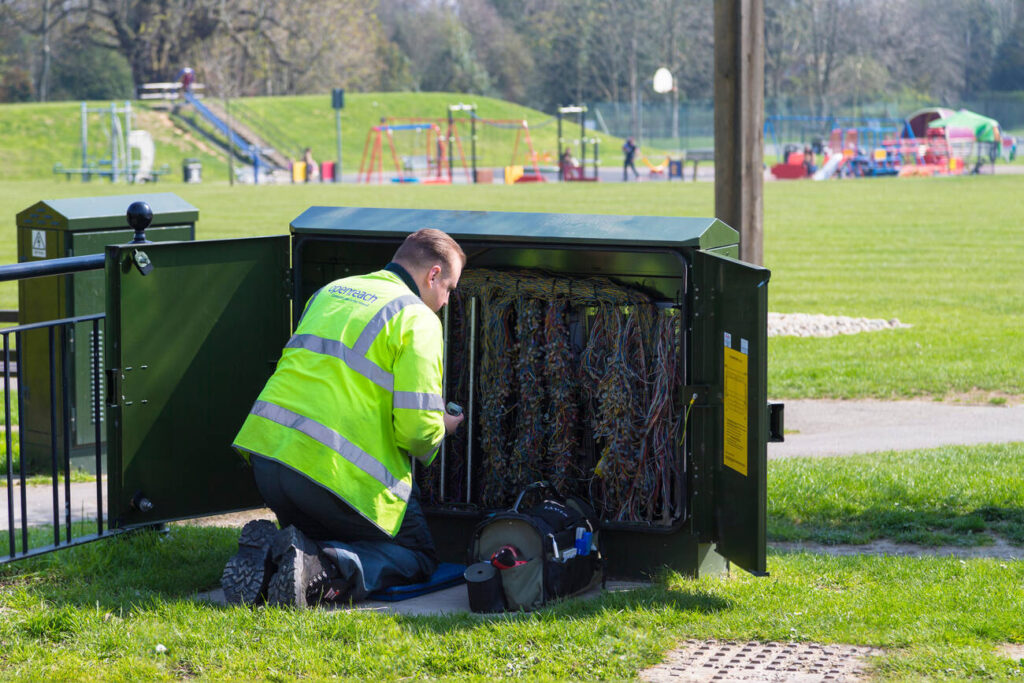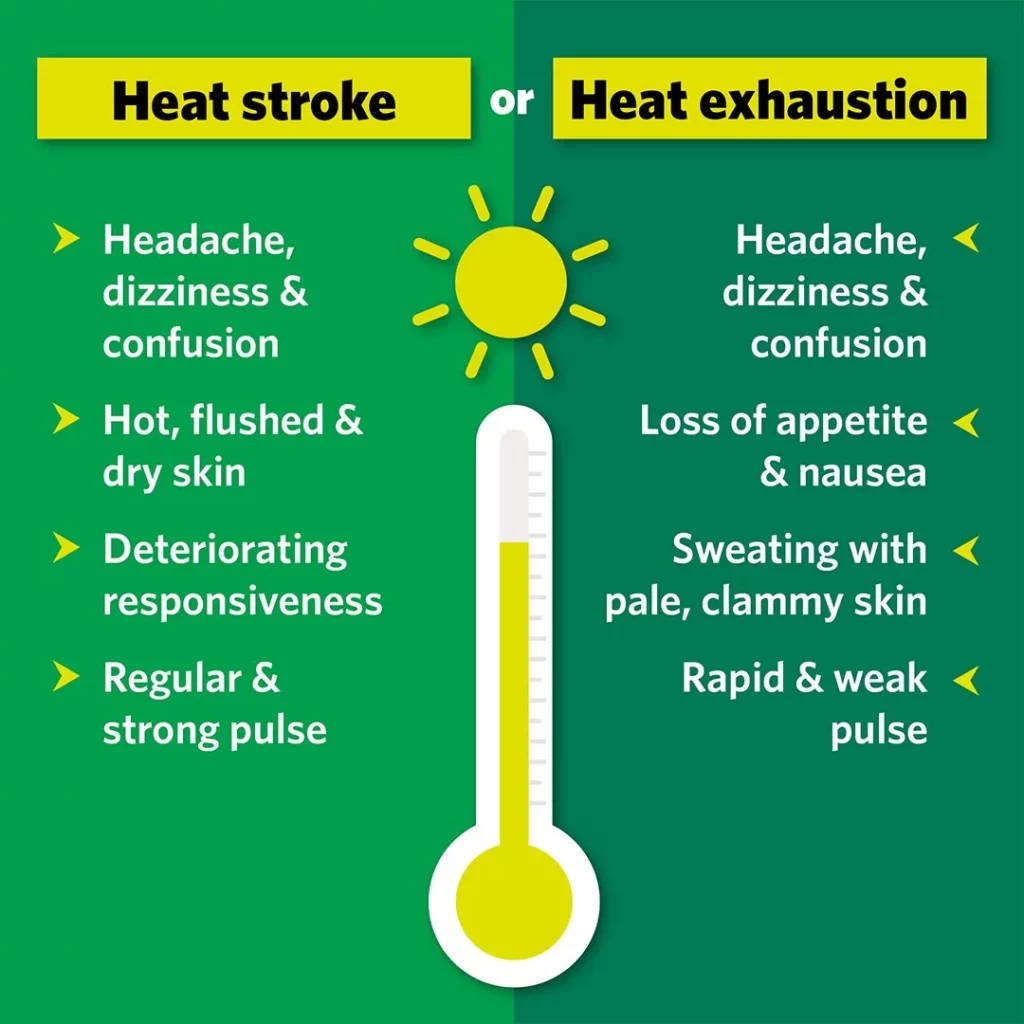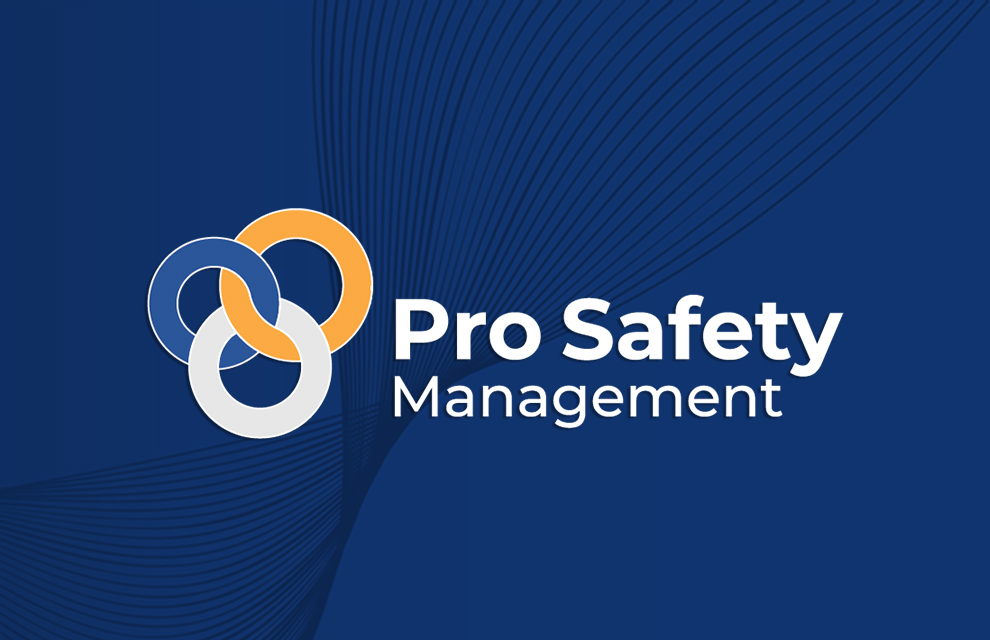
I hope you enjoy reading this blog post.
If you want my team to just do your health and safety for you, click here.
7 Essential Tips for Caring for Telecoms Workers in Hot Weather

As temperatures soar during the scorching summer months, it’s important to pay attention to the well-being of telecoms workers who tirelessly strive to keep our communication networks up and running.
Working in hot weather can pose significant health risks if proper precautions are not taken.
In this blog, we will explore 7 essential tips and guidelines for caring for telecoms workers who brave the heat to ensure uninterrupted connectivity.
Hydration is key
Working in high temperatures can lead to rapid fluid loss through sweating, increasing the risk of dehydration. Employers should prioritize hydration by providing ample access to cool drinking water throughout the worksite. In addition, electrolyte-rich beverages or oral rehydration solutions can help replenish lost minerals.
Adequate Protective Clothing
While telecoms workers may need to wear specific protective gear, it is crucial to ensure that their clothing is lightweight, breathable, and suitable for hot weather conditions. Light-coloured, loose-fitting attire made from moisture-wicking materials can enhance comfort by allowing air circulation and evaporation of sweat. Providing wide-brimmed hats or caps can also shield workers from direct sunlight and reduce the risk of heat-related illnesses.
Regular Breaks
Continuous exposure to hot weather can lead to heat exhaustion or heatstroke. Encourage telecoms workers to take regular breaks in shaded areas to cool down and rest. Consider implementing a flexible work schedule that allows for shorter shifts during the hottest part of the day or rotating workers to alternate between indoor and outdoor tasks to minimize prolonged exposure to the sun.
Education and Training
Ensuring that telecoms workers are well-informed about the risks associated with working in hot weather is crucial. Conduct regular training sessions prior to hot weather commencing to educate employees about the signs and symptoms of heat-related illnesses, emphasizing the importance of recognizing and reporting any discomfort or early warning signs. Equip workers with the knowledge to recognise heat related illness and the proper first aid procedures for heat-related emergencies, such as heat cramps, heat exhaustion, and heatstroke.


Engineering Controls
Implementing engineering controls can significantly mitigate the impact of hot weather on telecoms workers. For instance, using shade structures, canopies, or tents at worksites can provide relief from direct sunlight and reduce the overall ambient temperature. Whenever possible, utilize cooling equipment such as fans, misting systems, or air-conditioned rest areas to help workers cool down during breaks. Additionally, optimising work schedules to minimize outdoor work during peak heat hours can minimise exposure.
Sun Protection
Prolonged exposure to the sun’s harmful ultraviolet (UV) rays can lead to sunburn, skin damage, and an increased risk of skin cancer. Encourage the use of broad-spectrum sunscreen with a high sun protection factor (SPF) and recommend reapplication every two hours. Provide workers with protective accessories such as sunglasses and UV-protective clothing to shield them from the sun’s rays. Promote the use of wide-brimmed hats and encourage workers to seek shaded areas whenever possible. You should also consider briefing your workforce via Tool Box Talks/Posters as to what symptoms to look out for in regards to potential skin cancer and the need to seek medical advice if they identify these symptoms.
Supportive Communication
Maintaining open lines of communication with telecoms workers is essential for their well-being. Encourage employees to share any concerns or issues related to working in hot weather. Establish a supportive environment where workers feel comfortable expressing their needs, such as additional breaks or adjustments to work schedules. Regularly check in on workers to monitor their well-being and ensure that all measures are in place to protect their health.
Need further support?
Contact us for further support, guidance, and expert assistance. Let’s ensure you safety and compliance together.
Do you want better compliance?
Hey, I’m Alex Burbidge. I’m determined to make a business health and safety compliant. My only question is, will it be yours?

About Pro Safety Management
We are a Specialist Telecoms Health and Safety Consultancy with over 40+ years experience. Serving some of the global leading telecommunication companies, we provide specialist and strategic health and safety management ensuring operational standards at the highest level.
Do you want better compliance?
Hey, I’m Alex Burbidge. I’m determined to make a business health and safety compliant. My only question is, will it be yours?



